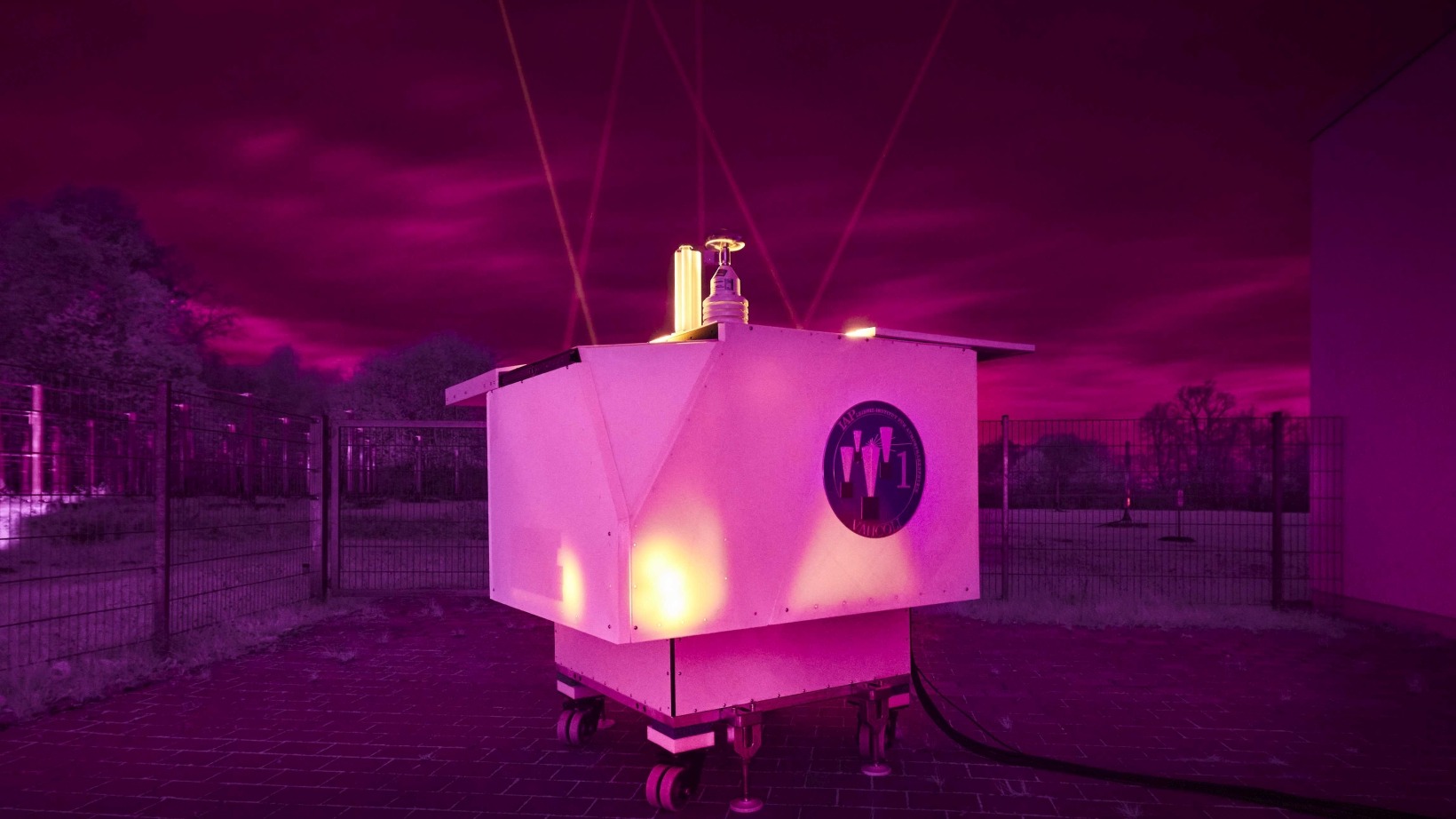Duration: 10 months
In times of "New Space" with increasing space activities and an unparalleled rise of objects in orbit, the clean-space initiative is important to guarantee mankind's access to space. Removing non-operational spacecrafts by controlled reentering in the atmosphere and the consequently burning up in high altitudes is the most efficient and only realistic way of limiting the number of objects. The problem is that satellite deorbiting may have polluting effects on the middle atmosphere. Recent measurements of the ratio of metals in stratospheric sulfuric acid particles suggest that a significant portion originates from reentering space debris [1]. Several different metals were clearly connected to the space debris origin. Recent studies indicate that the atmospheric effects of re-entering spacecraft could be significant [2]. There is very little data on the environmental impact (e.g. atmospheric chemistry) of de-orbiting and in-situ data collection in the respective altitude is practically impossible. Therefore, it requires continuous investigation over extended time scales. Measuring metals from ablated debris with resonance lidar is the solely solution for high sensitivity, continuity and efficiency. Measuring metal layers like Potassium, Sodium and Iron in the Mesosphere and lower Thermosphere (MLT) with resonance lidars is well-known. Though currently, the necessary laser and lidar technology is not mature enough for autonomous operation and involves high personnel effort. Furthermore, the detection of space debris might require the focus on other tracer metals that deviate from the natural composition and are representative for man-made space objects. The idea is to use the upcoming novel technology based on Alexandrite lasers for compact, autonomous and maintaining-free resonance lidars, demonstrated for Potassium, and demonstrate the extension to resonance wavelengths of potentially relevant metals from space debris in the lab.

